How to Protect Citrus Trees from a Heatwave

Living in the desert southwest has its perks, I am blessed to be able to grow a variety of citrus trees in my garden and they do very well under most circumstances because I protect citrus trees during hot weather.
However, when temperatures outside of the average highs and lows occur, steps need to be taken to protect them. With this week’s record-breaking highs, my orange tree has been suffering as is evident from its sunburned leaves. So I thought, this is a great opportunity to talk about how to protect citrus trees from a heatwave.
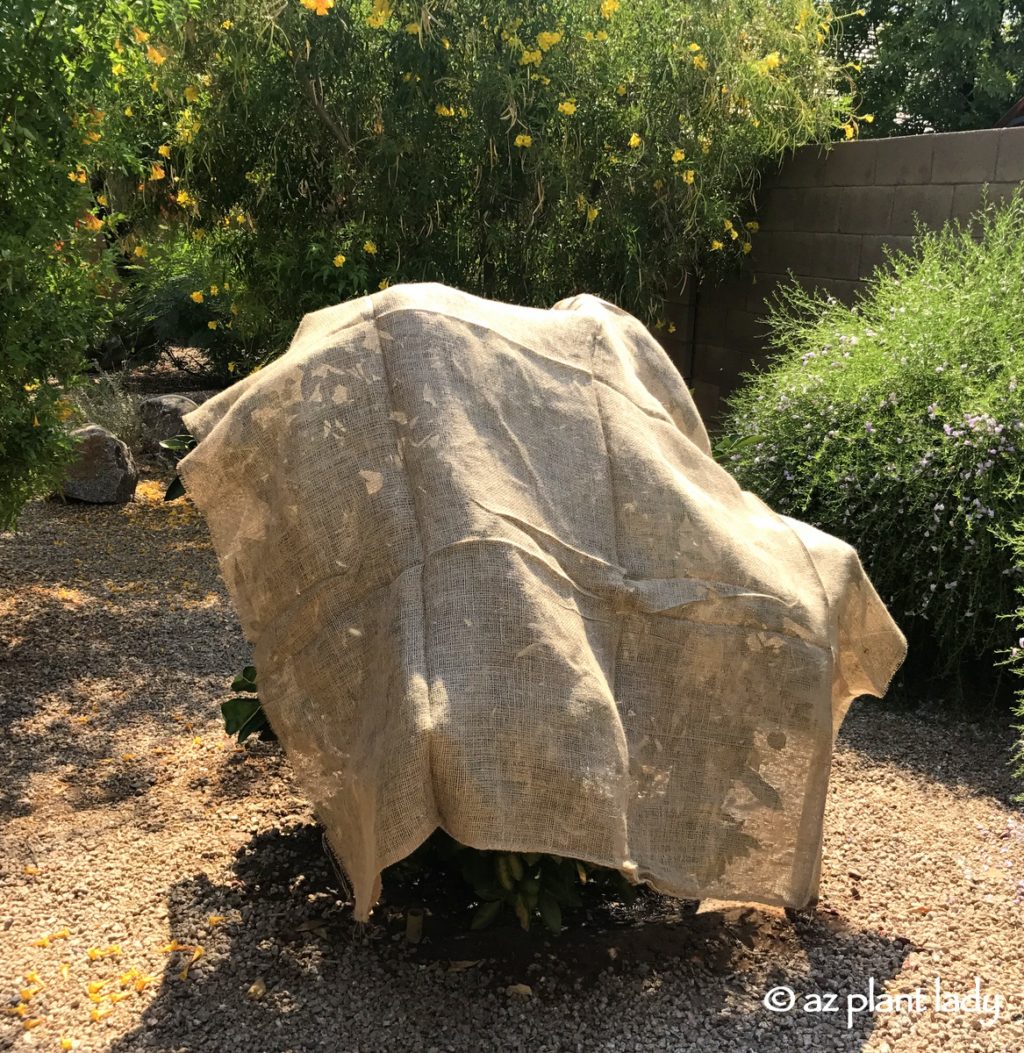
1. Protect Citrus Trees Provide Temporary Shade
Sunburn isn’t just a human woe; it affects citrus trees too. The west and south-facing sides of citrus trees are susceptible to sunburn during a heatwave. This shows up as yellowing or browning on the leaves on those sides of the tree. Sunburn can also occur on immature citrus fruit, so it’s important to protect them.
Burlap is a Great Shade Cover for Trees
While spraying citrus trees with sunscreen isn’t an option, adding temporary shade is, especially for citrus trees facing south and west that are particularly vulnerable. Put a large piece of burlap over the tree, focusing on those south and west-facing exposures. Burlap is lightweight and inexpensive. It allows some sun to penetrate, which is important, without overwhelming the tree. You can purchase burlap at your big box store, nursery, or Amazon (affiliate link below).
Burlapper Burlap Garden Fabric (40″ x 15′, Natural)
Shade Cloth Protects Citrus Trees
Shade cloth is an adaptable guardian against sunburn. Whether draped over a scaffold or enlisted to shield neighboring plants, its sun-blocking power proves invaluable during heatwaves. You can easily use a bed sheet in place of burlap for temporary shade. Another option would be to place a shade tent/canopy to help block the sun’s westerly rays.
Shade cloth is very useful as a sun shield when placed on a scaffold or other support – it also works great to help protect other plants in your garden.
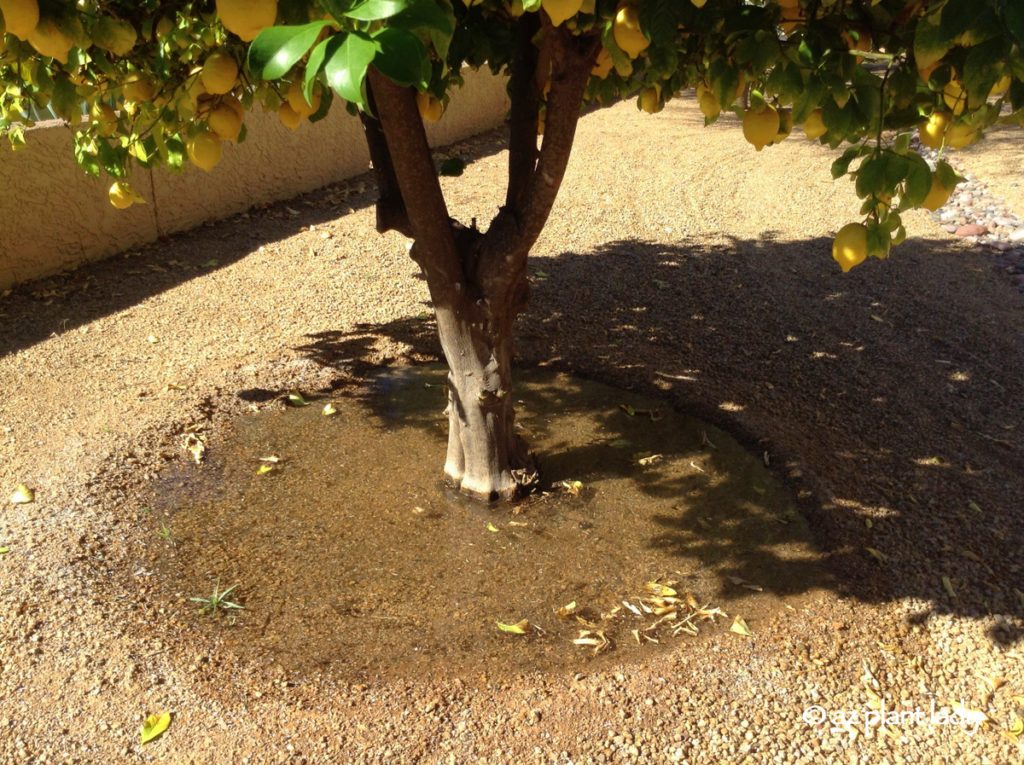
2. Increase Irrigation and Water Early to Protect Citrus Trees
When temperatures soar above normal, citrus trees, like most plants, lose more water through their leaves. As a result, their regular watering schedule isn’t enough to meet their needs, so increase the frequency of watering as long as the heat wave lasts.
The Morning Watering Advantage for Citrus
Watering isn’t just about quantity; timing matters. When you water is vital as it is difficult for plants to uptake water in the middle of the day. This is because all of their resources are dedicated to enduring the stresses of the heat and it’s hard for them to divert those to uptake water. Water in the early morning, will allow them to build up a water reserve that will help them bolster their endurance throughout the day.
Restoration after the Extreme Heat and Sun
When the heatwave subsides, it’s time to bid farewell to temporary shade. Remove the temporary shade in order to protect citrus trees for cooler conditions. As temperatures stabilize, return to your usual watering schedule. By implementing these two proven techniques, you’re empowering your citrus trees to defy the scorching grip of brutal summer temperatures and minimize any negative effects.
Beyond Heatwaves: Year-Round Trunk and Bark Care to Protect Citrus Trees
Remember, safeguarding citrus trees transcends seasons. Ensuring your trees’ trunks and bark receive proper sun protection is a year-long responsibility. Explore this previous blog post for insights on why and how to provide this vital shield.

 Noelle Johnson, aka, 'AZ Plant Lady' is a author, horticulturist, and landscape consultant who helps people learn how to create, grow, and maintain beautiful desert gardens that thrive in a hot, dry climate. She does this through her consulting services, her online class Desert Gardening 101, and her monthly membership club, Through the Garden Gate. As she likes to tell desert-dwellers, "Gardening in the desert isn't hard, but it is different."
Noelle Johnson, aka, 'AZ Plant Lady' is a author, horticulturist, and landscape consultant who helps people learn how to create, grow, and maintain beautiful desert gardens that thrive in a hot, dry climate. She does this through her consulting services, her online class Desert Gardening 101, and her monthly membership club, Through the Garden Gate. As she likes to tell desert-dwellers, "Gardening in the desert isn't hard, but it is different."
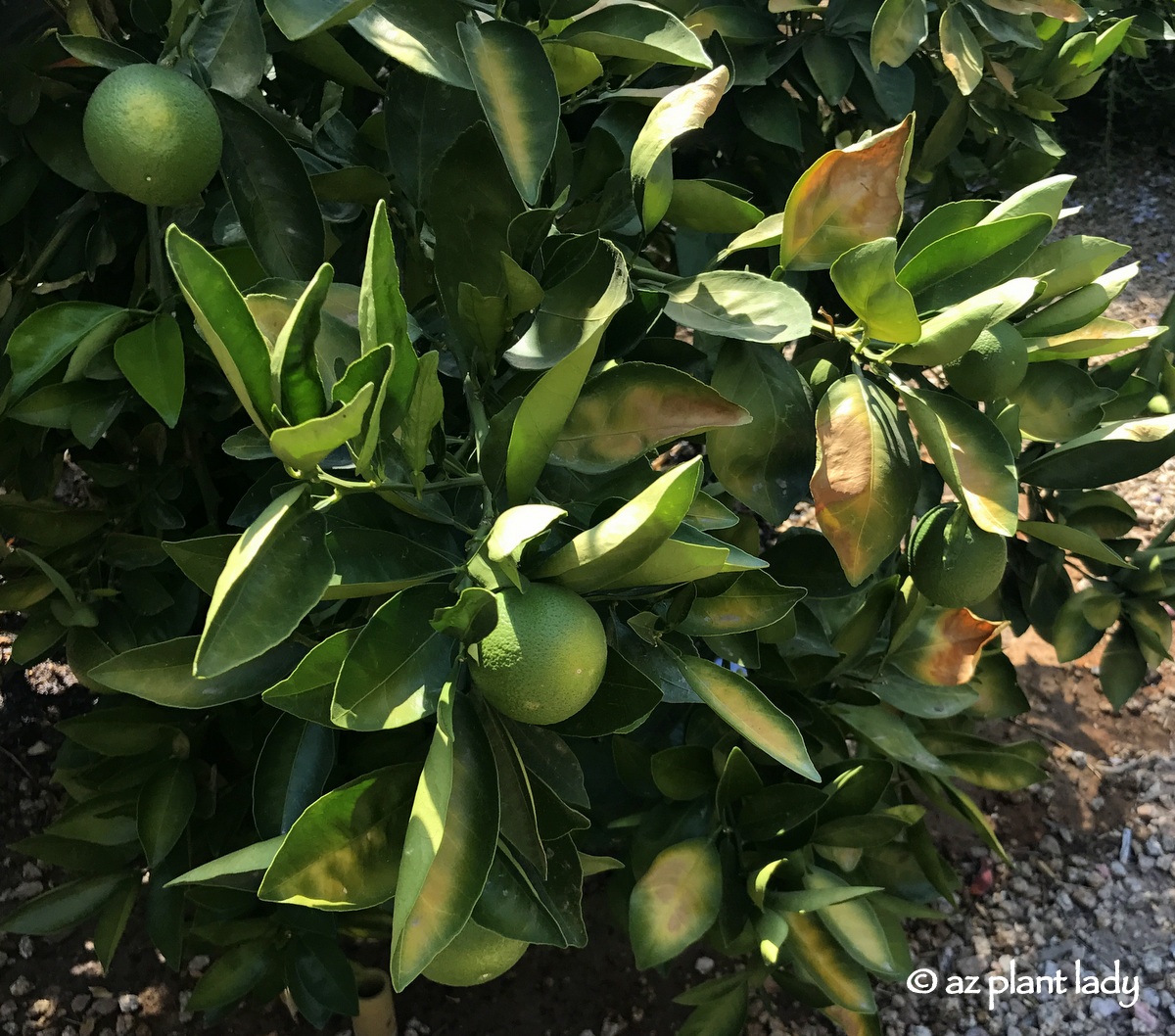

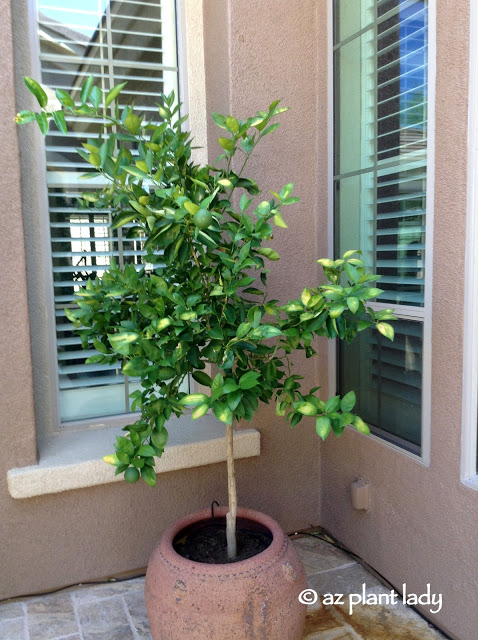
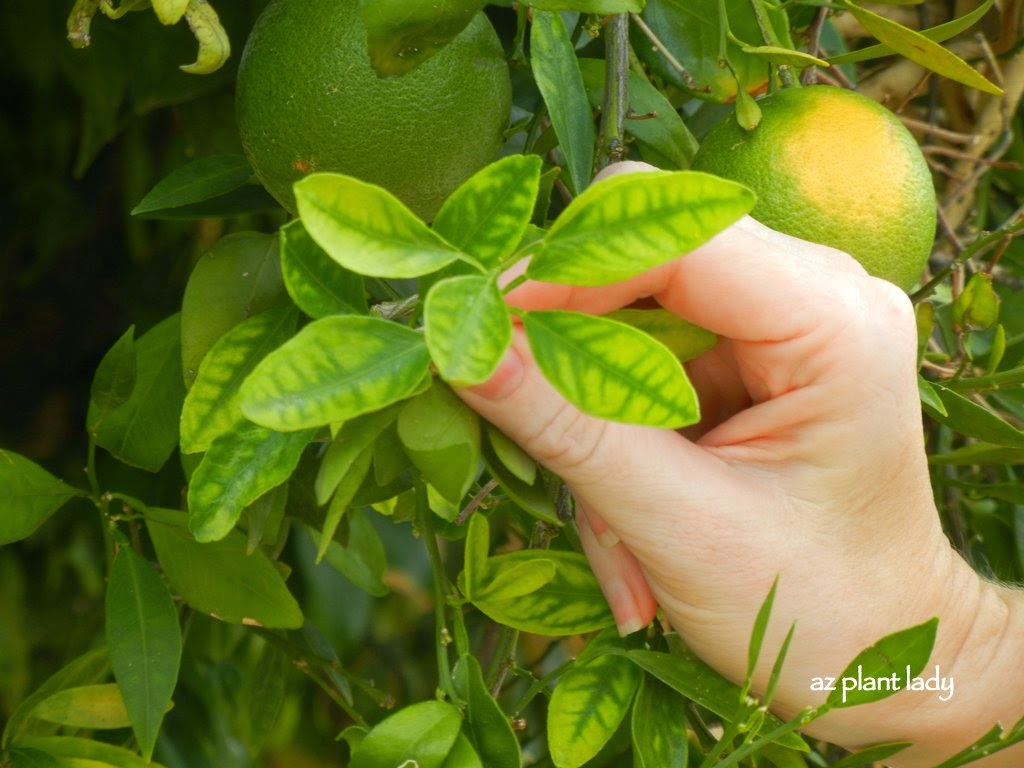



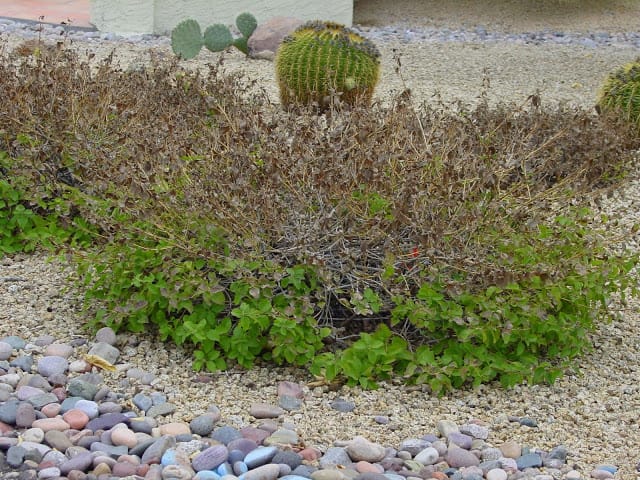






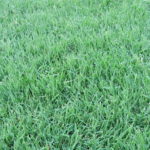

Thanks for the tips. At what temperature would you start shading and increasing irrigation?
Hello Scott,
During a normal summer, you don’t necessarily need to start shading – I only did that last summer when temps hit 120 degrees F. As for irrigation scheduling, there are many different variables such as where you live. I recommend contacting your local cooperative extension office who can guide you as to how often to water citrus for the area you live in.
On the whole, I have used your advice in the past & burlap has worked miracles to protect some of my more sensitive cacti from sunburn.
This year I put in my entire landscape & so all of my plants are young & small, even the trees. I am very concerned about my plants this summer (especially the vines which I want to eventually cover the walls) because it is only March & I can already feel the radiant heat from the block walls & shading or burlaping the entire yard isn’t possible.
Any advice on how to protect the plants through their first summer?
Hi Maura,
I will tell you a secret tip that I noticed a client doing – he put a thin sheet of plywood between the wall and his plants, which eliminated the reflected heat coming off from the wall. You could paint the plywood the same color as the block wall to help it blend and once the vines grow in, they will cover the plywood.
Also, make sure that you are watering them very early in the morning, which will help them get through the heat of the day.
I hope this helps!